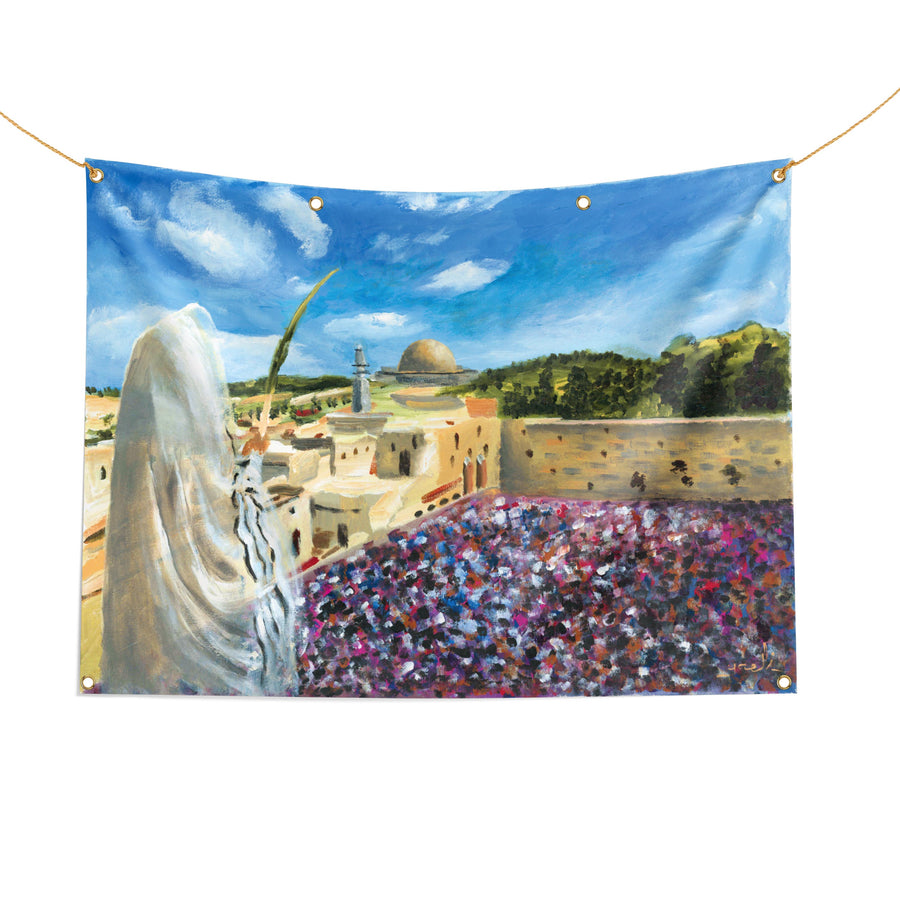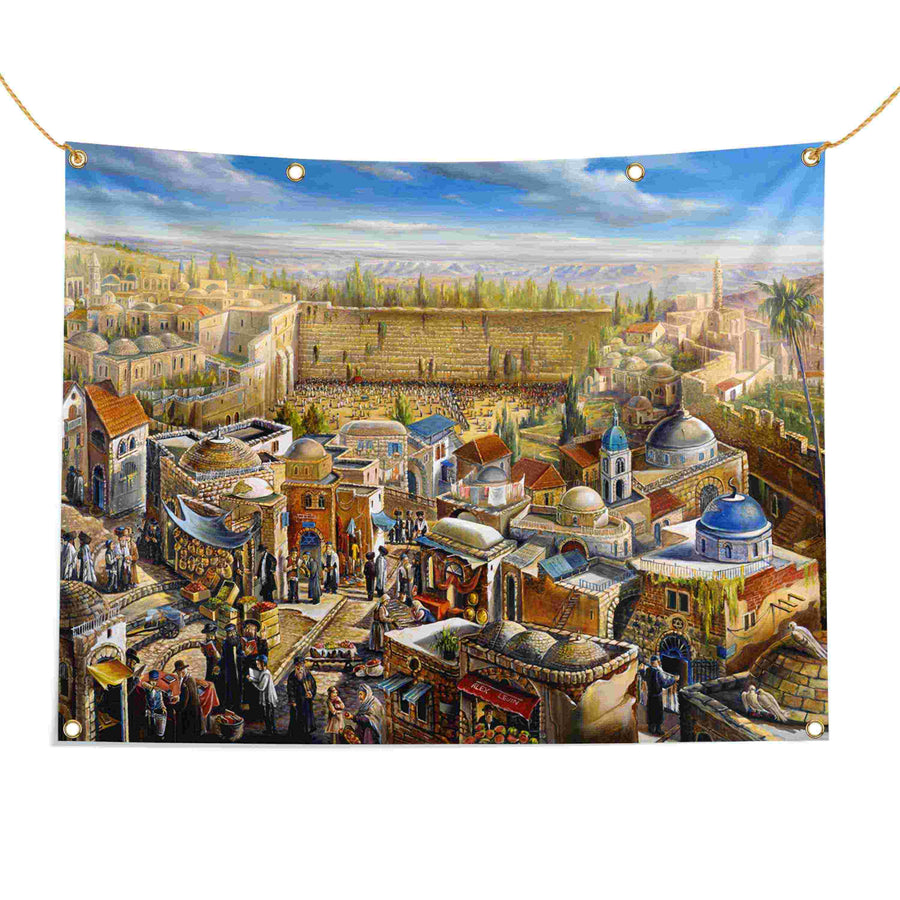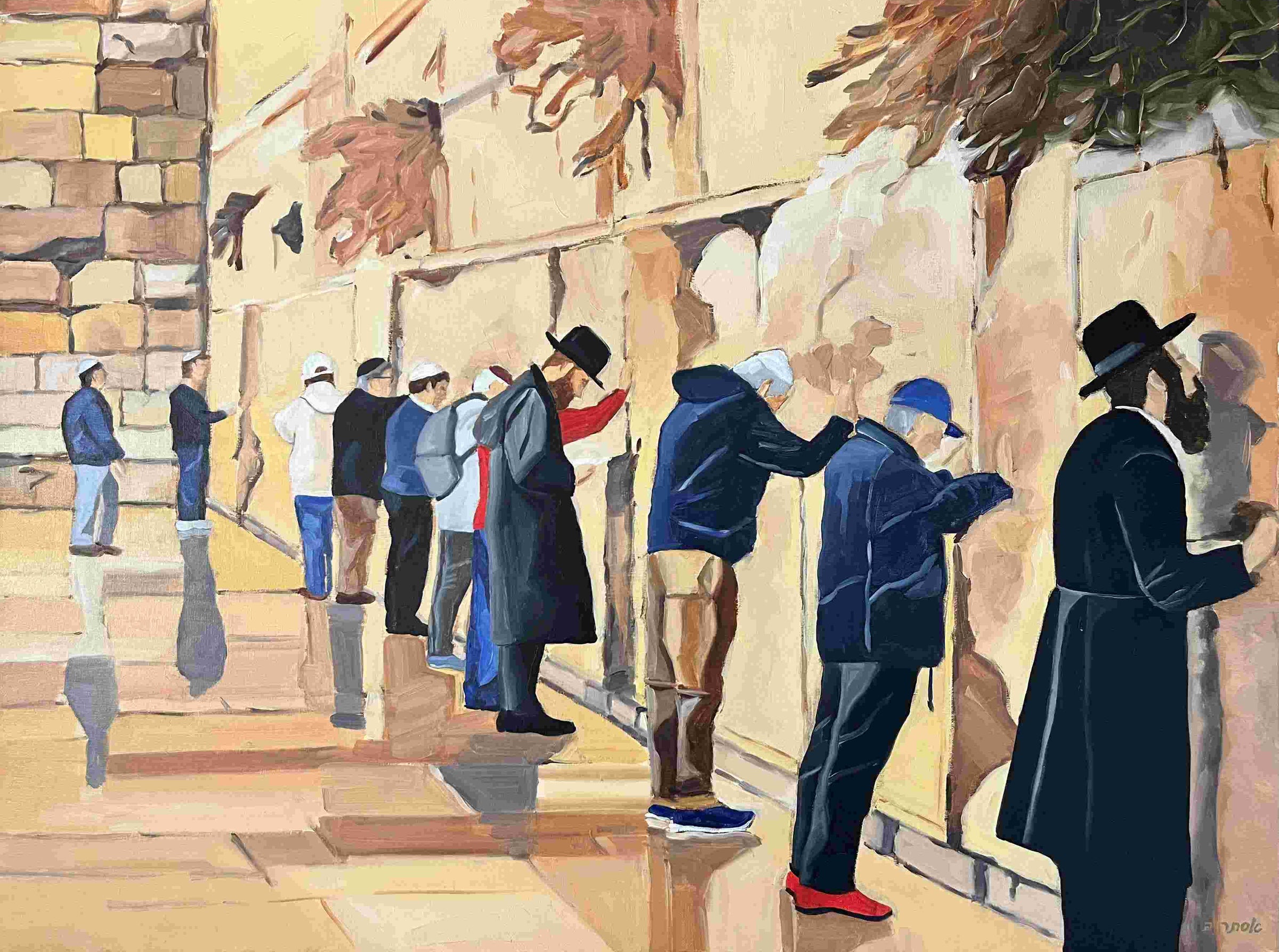

Table of content
Alright, let’s be honest: Jewish holidays are all pretty awesome, but when it comes to sheer, unadulterated joy, Sukkot is the clear winner. Sure, there’s a mitzvah to rejoice on every holiday, but Sukkot goes full tilt on the joy factor. In fact, the Torah highlights the command to rejoice three times when speaking about Sukkot . Let’s dive into the details.
Sukkot's Names: The Joyful Roll Call
Each holiday has its unique charm, and each holiday is given its own descriptive name to encapsulate this in our prayers. Passover is the “Season of Our Liberation,” celebrating our escape from Egypt’s clutches. Shavuot is the “Season of the Giving of Our Torah,” marking the moment we received the ultimate guidebook to life from the Man Upstairs. And Sukkot? It’s the “Season of Our Rejoicing!” No frills, no fancy titles, just pure, unadulterated joy.
What’s All the Fuss About?
The Torah spells it out in Deuteronomy 13-15: “You shall make yourself the festival of Sukkot for seven days, when you gather in [the produce] from your threshing floor and your wine pit. And you shall rejoice in your festival – you, and your son, and your daughter.”
Sukkot is when we gather in the harvest. Imagine your pantry overflowing, your wine cellar stocked , and your fruit bowl brimming . The Midrash explains this perfectly: On Passover, we’re biting our nails over the grain harvest, so no explicit command to rejoice. By Shavuot, the grain’s in, the fruits haven’t been gathered yet from the trees, so rejoicing is only mentioned once. But by Sukkot, we’ve got grain, fruit, and a clean slate post-Yom Kippur. The trifecta of happiness!
From Grain to Glory
The natural world-order always reflects a deeper spiritual truth. Volume 10 of Torat Menachem explains that grain and fruit symbolize different spiritual paths. Grain represents your straight-A student who never breaks a rule – a quick, easy harvest (it’s only a matter of weeks or months from the time of planting until the crops ripen).
Fruit, on the other hand, represents the journey of the baal teshuvah , the repentant soul. After planting your fruit seed, it can sometimes take many years until you can finally enjoy the “fruits of your labor.”
The Baal Teshuvah’s Bounty
The difference between grain and fruit is like comparing the divine service of a tzadik (a righteous person) to that of a baal teshuvah (a repentant individual).
The tzadik walks the straight and narrow path with ease. Whenever he faces a dilemma, he consults the Torah and follows its guidance. This makes him like grain, which is harvested quickly and with little effort.
The baal teshuvah, however, is compared to a fruit tree. You plant a single seed, and years later, you’ve got a fruit tree that keeps giving. In other words, the fruit produced is incomparable to what was put into it. This is the journey of the baal teshuvah. It’s long, it’s tough, but the end result is an orchard of joy far surpassing your starting-point.
Shortly after receiving the Torah on Shavuot, the Jews sinned with the Golden Calf. It wasn't until Yom Kippur that they fully repented and G-d forgave them. Therefore, G-d designated Yom Kippur as the Day of Atonement, a day devoted to the divine service of the baal teshuvah, the repentant.
Sukkot, which follows Yom Kippur, celebrates the ‘harvest’ of the baal teshuvah, likened to a fruit harvest. This ‘harvest’ requires significant effort, time, and determination, but the reward of the delicious fruit is unmatched.
As the Midrash explains, one of the reasons we celebrate Sukkot is to rejoice that “the souls received acquittal.” Sukkot celebrates this hard-earned happiness, the kind that comes after a tough year and a heartfelt Yom Kippur.
Triple Threat of Joy
But why does the Torah tell us to rejoice three times on Sukkot? Because in Jewish law, three times is the charm – it makes something permanent (a chazakah). Sukkot’s joy isn’t just a week-long festival; it’s meant to be the launchpad for a whole year of happiness.
And for more on how to launch your Sukkot-happiness like a pro., check out our ultimate Sukkot Celebration Guide.
The Takeaway
While every Jewish holiday has its own unique quality, Sukkot is the all-out joy fest. It’s the grand finale of our spiritual rollercoaster from Rosh Hashanah through Yom Kippur. So grab your lulav and etrog , step into your Sukkah, and let the joy of Sukkot be the party that lasts all year.












